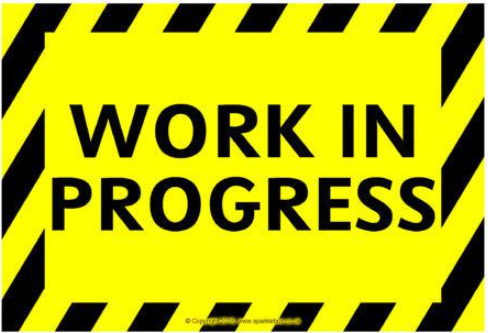Banner ads are a common feature on many websites. They act as visual billboards, encouraging visitors to click on them and be directed to a landing page. Let’s take a look at the impact banner ads have on branding.
What types of banner ads are there?
Banner ads are usually square or rectangular and can be either static, with a simple graphic and text, or interactive, with features such as moving elements and triggers. Interactive ads, such as HTML banner ads, are more dynamic; for example, hovering over one could trigger a pop-up. Video and sound can be included in banner ads.

Image credit
How banner ads boost branding
According to MDPI, banner ads provide people with information about a brand’s products or services and contribute to increasing brand awareness. By having prominent placement, an effective banner ad will gain people’s attention, get your brand colours noticed, and build awareness over time.
HTML banner ads in particular can enhance your brand image. Rather than simply being static, the use of movement and interaction makes these ads even more noticeable. They can even be useful for people you want to attract, perhaps triggering a pop-up with information, a menu, or a search box. This interactive element of HTML banner ads increases click rates and enables you to attract people who might not have clicked on a static banner ad.
Tips for creating good banner ads
To draw people to your ads, it is best to choose a design that stands out against a busy webpage. Use your brand colours and fonts to create consistency, and make sure there is a clear call to action. Always use keywords to boost visibility so that people searching for these terms will notice your ad.
Interactive elements should also be considered to help drive traffic, such as a countdown timer or a survey. Getting banner ads right is always a work in progress and the results may change over time, so don’t be afraid to experiment with your ads to see what works best for you.



